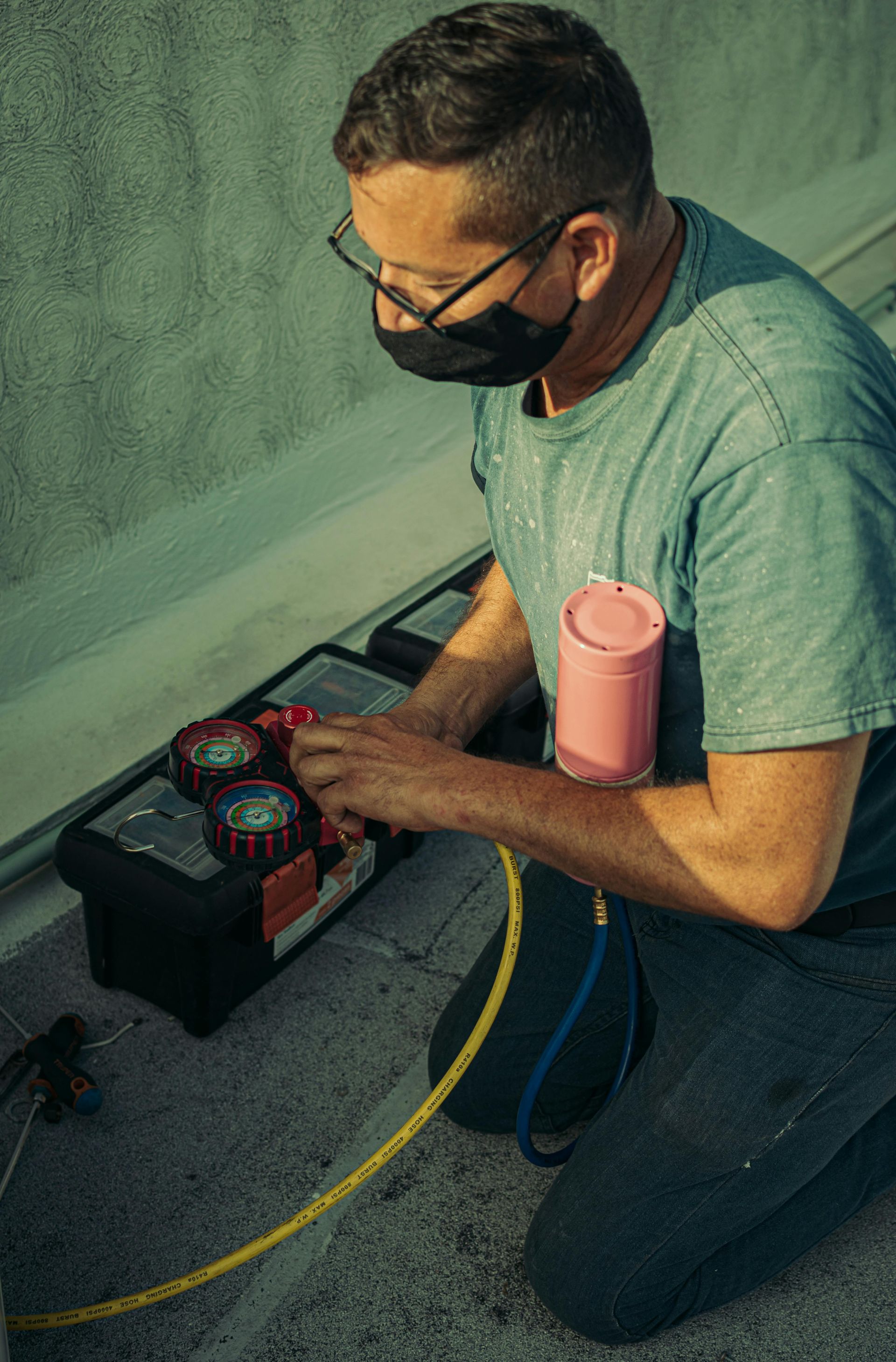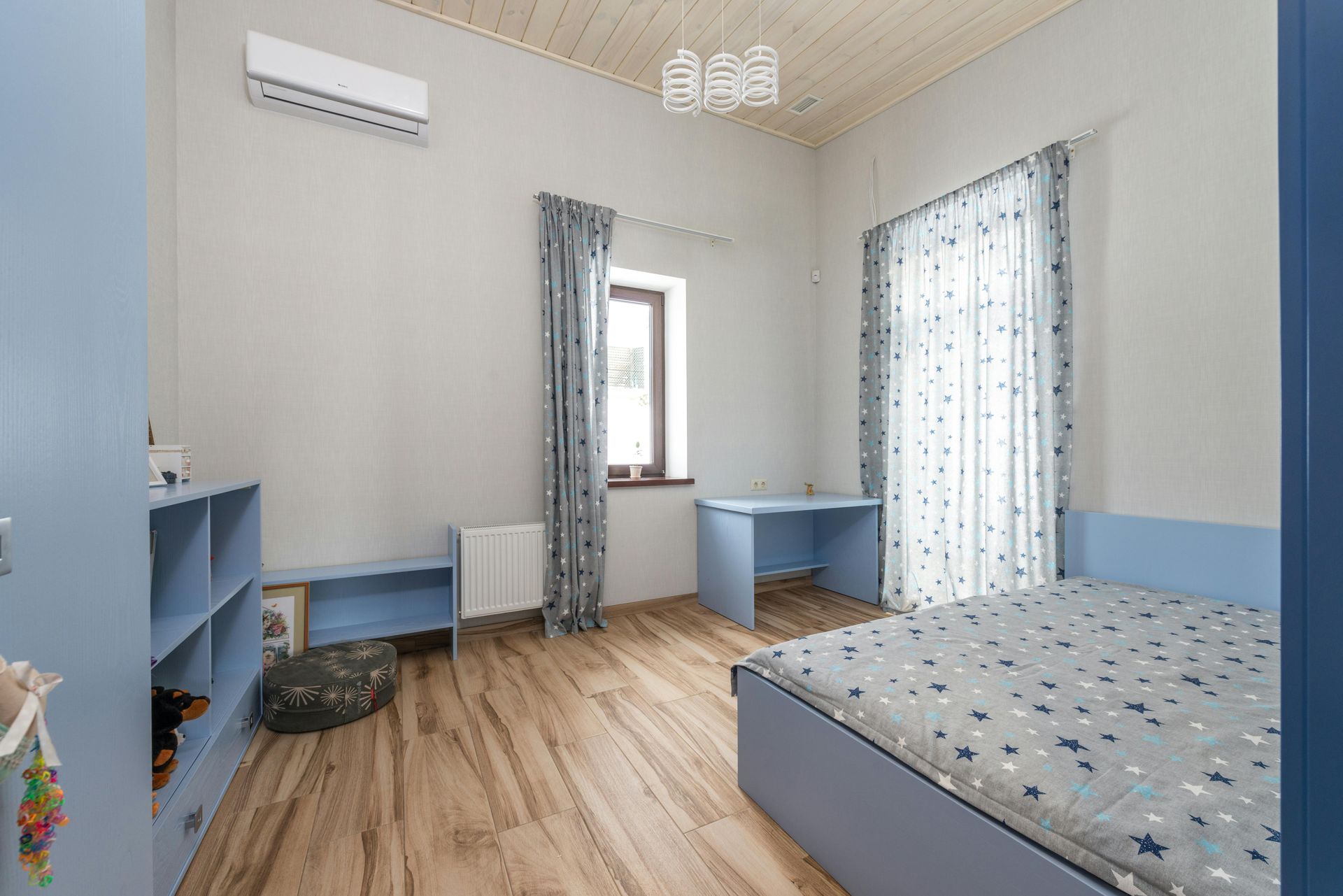What Americans Say About Housing Affordability
Nearly four out of five Americans (77%) agree that America is in the midst of a housing affordability crisis and that officials at all levels of government are not doing enough to address this vital issue, according to a survey conducted by the polling firm Morning Consult on behalf of NAHB.
More than half (56%) say that it’s important to create more medium-density housing that is affordable to moderate-income households, younger households and first-time home buyers.
So how do we ease the housing shortage and help create more affordable housing?

Policymakers Need To Do More
Regulations play a key role in housing affordability, and the majority of consumers think stronger efforts need to be made at both the local and the federal level to help alleviate the cost of housing:
80% said their city and county officials were not doing enough to encourage the production of housing that is affordable to low- and moderate-income households.
51% said their elected representative to the U.S. Congress is doing too little to address housing affordability at the national level.
Provide Incentives to Increase Supply
There are a number of initiatives that can help solve the housing affordability crisis, which NAHB has outlined in its 10-point blueprint. U.S. consumers agree that the following tactics would be most effective in easing the housing crisis in their area:
- 74% said government should provide incentives to builders and developers to create more housing that is affordable to low- and moderate-income households.
- 64% support incentivizing local governments to ease zoning regulations that prevent the construction of more affordable housing.
Consider Varying Housing Types and Consider Regulatory Impact
Eighty percent say policymakers should factor in housing affordability when considering new laws and regulations. This includes zoning reform, which would allow a greater variety of housing types to meet varying price points for potential home owners.
Most would support the development of the following housing types within a 10-minute walk of their home to help ease the housing supply shortage:
- New single-family homes for sale (78%)
- Senior living community (76%)
- New townhomes for sale (68%)
- Two-story apartment building with units for rent (64%)
- Two-story condominium building with units for sale (62%)
More than half (59%) of consumers count the cost/availability of land as a significant barrier to housing affordability in their area.
This national online survey of 20,041 adults was conducted April 16-23, 2024, by Morning Consult. It has a margin of error of ± 1%.
Click the button below to see Missouri Congressional District 4 Responses.
SHARE




